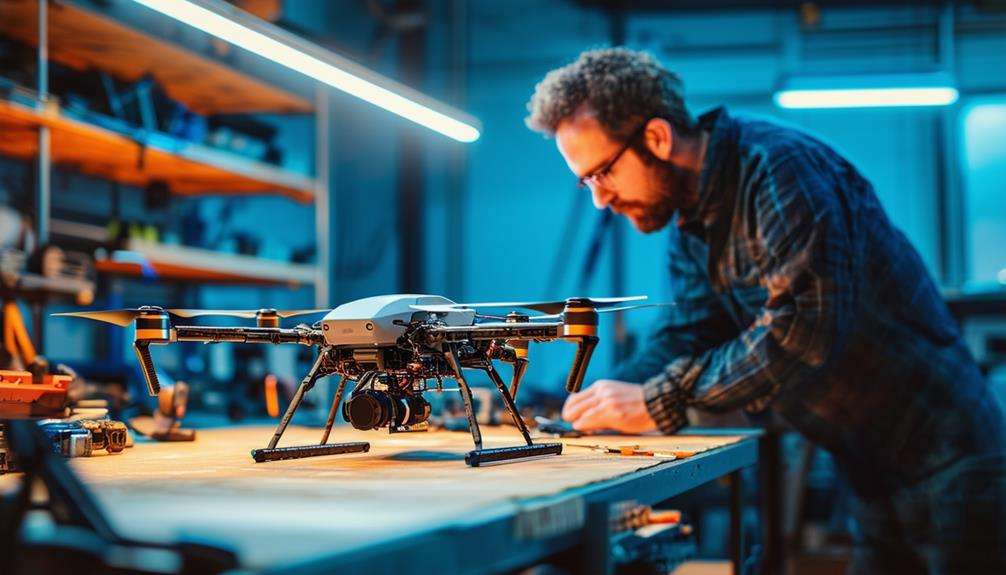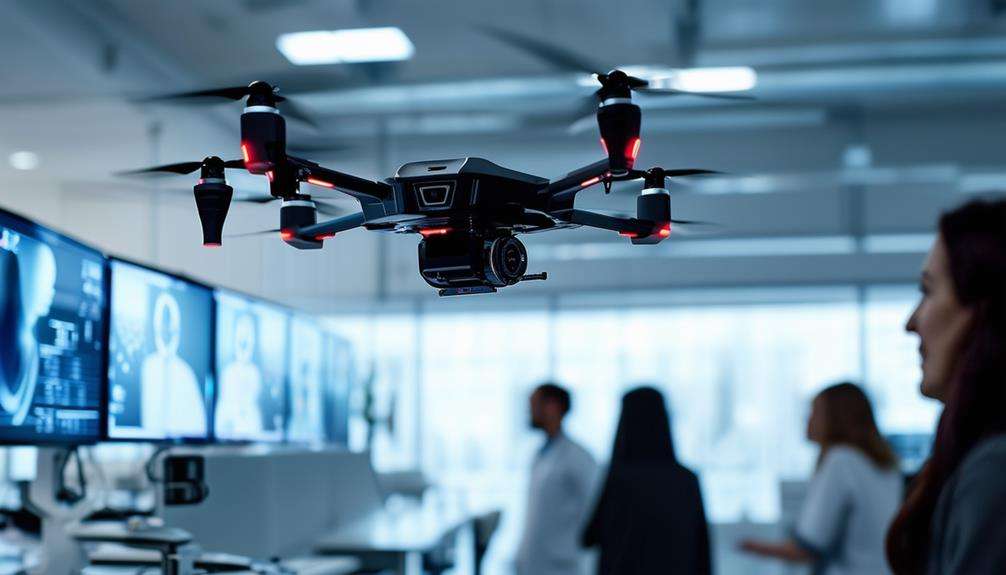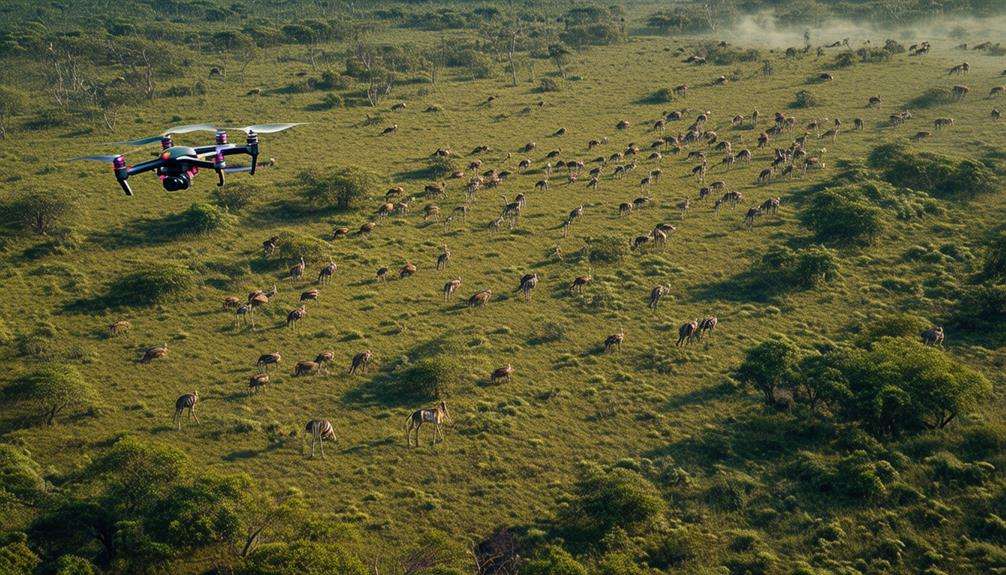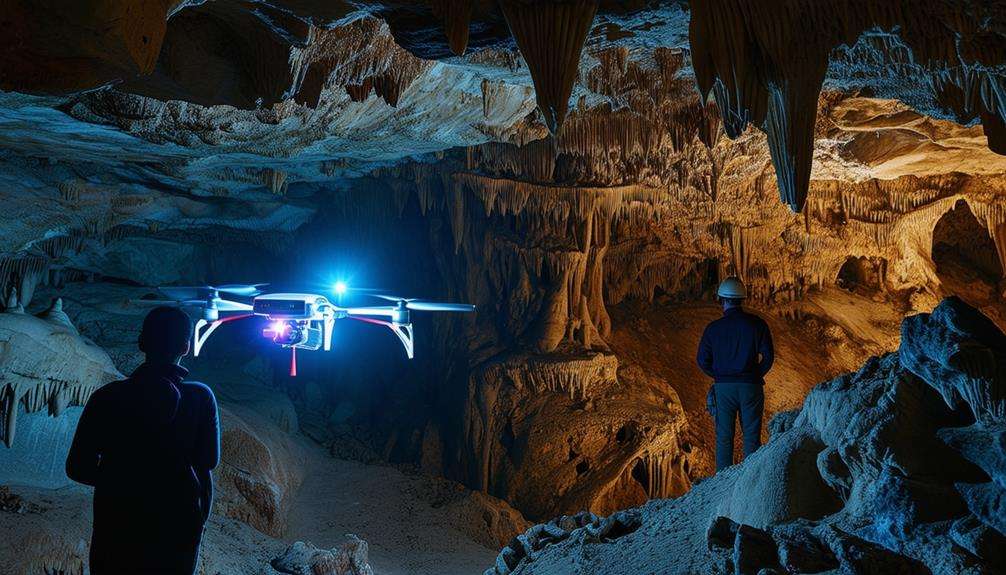When Was the Drone Invented?
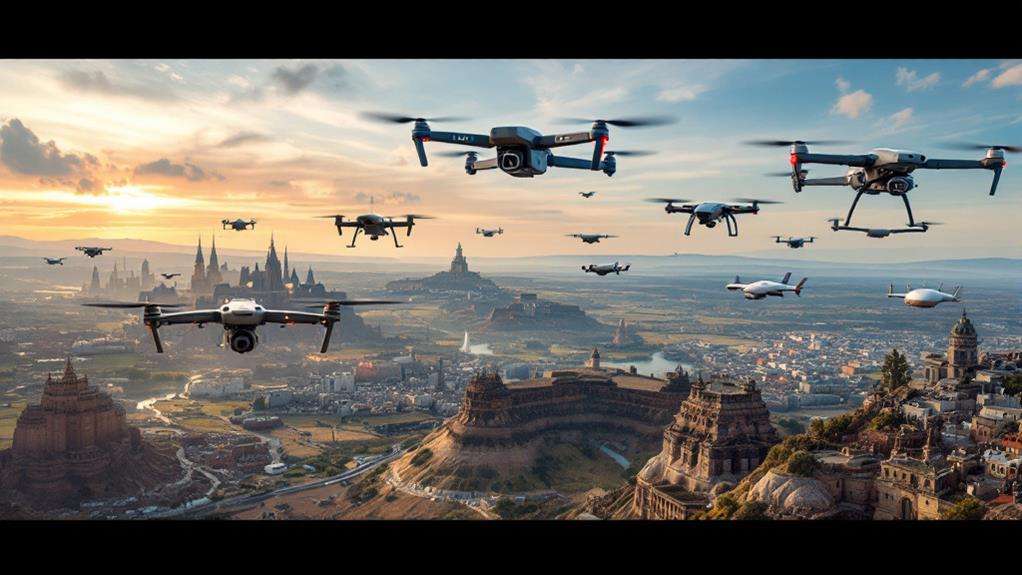
You'll be surprised to know that the concept of drones dates back to 1783 when the Montgolfier brothers launched an unmanned hot air balloon. Fast forward to the early 1900s, Nikola Tesla's remote-controlled boat and Leonardo Torres Quevedo's Telekino system further advanced the idea of unmanned, controlled vehicles. The Kettering Bug, developed in 1917, stands as one of the first military UAVs. Over the decades, drones evolved prominently, seeing major leaps during WWII, the Cold War, and into the modern era with innovations like the MQ-1 Predator. There's quite a journey behind today's versatile drones.
Key Takeaways
- The concept of pilotless flight began with the Montgolfier brothers' unmanned hot air balloon in 1783.
- Nikola Tesla's radio-controlled boat in 1898 marked significant progress in remote control technology.
- The Kettering Bug, developed in 1917, was one of the first military UAVs with pre-set controls.
- The Radioplane OQ-2, mass-produced during World War II, was the first widely-used UAV for military training.
- The modern consumer drone market emerged in the 2000s, influenced by advanced military UAV technologies.
Origins of Pilotless Flight
Although the concept of pilotless flight might seem modern, its origins trace back to the 19th century. The journey began with the Montgolfier brothers' unmanned hot air balloon in 1783, setting the stage for future innovations. Fast forward to 1898, and you'd find Nikola Tesla introducing the world to the power of remote control with his radio-controlled boat. This demonstration hinted at the potential for radio-controlled aircraft, a cornerstone in the history of drones. The development of radio control systems, pioneered by Leonardo Torres Quevedo's Telekino in 1903, laid the groundwork for operating models from afar. The early 20th century saw significant advancements with the Kettering Bug in 1917, marking one of the first military applications of unmanned aerial vehicles (UAVs). This UAV torpedo, with its pre-set controls, showcased how pilotless flight could revolutionize warfare. Meanwhile, radio-controlled planes surged in popularity during the 1960s due to transistor technology, making remote-controlled aircraft more accessible and laying the foundation for the consumer drone market.
Early 20th Century Developments
The early 20th century was a pivotal period for drone technology, with several key advancements setting the stage for modern UAVs. During World War I, the British tested the Aerial Target in March 1917, marking the first use of pilotless vehicles. Shortly after, the Americans introduced the Kettering Aerial Torpedo, also known as the Kettering Bug, in October 1918. These early inventions demonstrated the potential of drones in military applications. The Queen Bee and the Midge Surveillance Drone were critical in advancing military drone capabilities during World War II, enhancing anti-aircraft training and reconnaissance. In 1935, the DH.82B Queen Bee emerged as one of the first radio-controlled drones. It was primarily used for training anti-aircraft gunners, thereby solidifying the term "drone" in aviation. This innovation paved the way for remote-controlled UAVs in military operations. The following year, actor Reginald Denny played a crucial role in the development of drones by founding the Radioplane company, which produced the first scaled remote-piloted vehicles for military training. Fast forward to 1986, the introduction of the RQ2 Pioneer drone marked a significant leap in UAV capabilities. Used extensively during the Gulf War, it showcased enhanced reconnaissance operations, highlighting the evolution from early 20th-century developments to modern military applications.
Drones in World War II
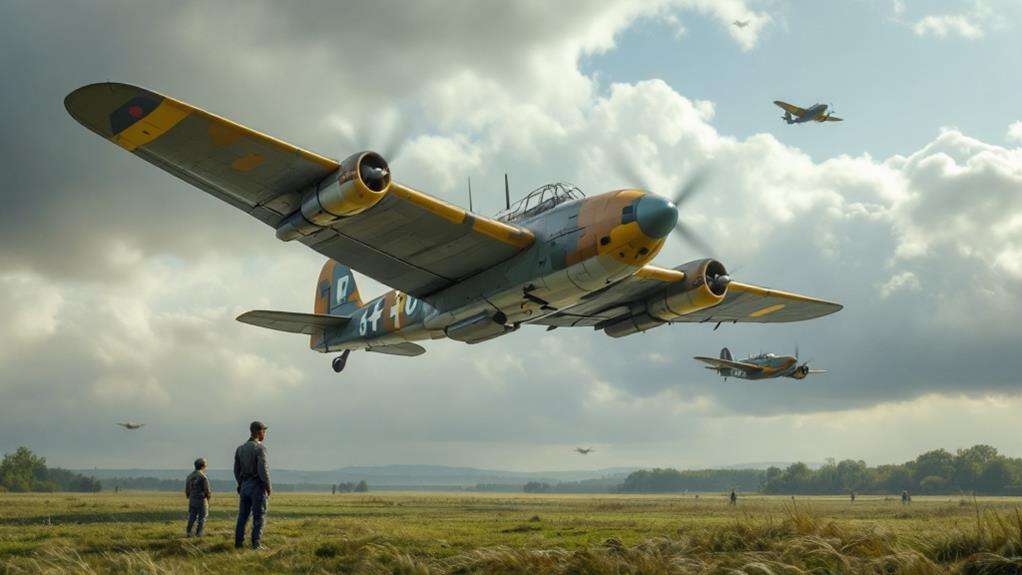
Building upon the advancements of the early 20th century, World War II significantly accelerated the development and use of drones. During this period, drones like the Radioplane OQ-2 emerged as pivotal tools in military applications. Designed by actor Reginald Denny, the Radioplane OQ-2 became the first mass-produced UAV, primarily serving as a target for training anti-aircraft gunners. This innovation marked a crucial step forward in using unmanned aircraft for target practice, enhancing the accuracy and preparedness of military personnel.
The British also contributed to drone technology with the de Havilland DH.82B Queen Bee, another radio-controlled UAV. It was employed to train Royal Air Force gunners, further showcasing the growing reliance on drones for military training. Meanwhile, the BQ-7, developed by Boeing and the U.S. Air Force, demonstrated the potential of UAVs in combat scenarios. These radio-controlled drones were used for various military purposes, underscoring their versatility and effectiveness.
World War II's advancements in drone technology laid the groundwork for future UAV developments, setting the stage for even more sophisticated unmanned aircraft in subsequent conflicts. This era highlighted the transformative impact of drones on military strategy and capabilities.
Cold War Innovations
Amid the tensions of the Cold War, drone technology leaped forward, reshaping military tactics and capabilities. You'd find that during this period, the development of unmanned aerial vehicles (UAVs) took a significant stride with the introduction of the Ryan Model 147, also known as the Lightning Bug. The U.S. used it extensively for reconnaissance missions in Vietnam during the 1960s, showcasing its advanced surveillance capabilities.
In 1973, Israel's development of the Mastiff and Scout drones further highlighted the era's cold war innovations. These drones improved remote piloting techniques and set the stage for future military applications, proving essential in combat scenarios. By the 1980s, the U.S. Navy's first operational use of UAVs came with the RQ-2 Pioneer drone, demonstrating their increasing role in military strategies.
The 1990s brought the development of the MQ-1 Predator, which marked a pivotal transition towards armed drones. This UAV combined surveillance and combat roles, illustrating the evolution of drone technology over the Cold War period. These advancements in remote piloting and reconnaissance laid the groundwork for the widespread adoption of UAVs in modern military operations.
Rise of Modern UAVs
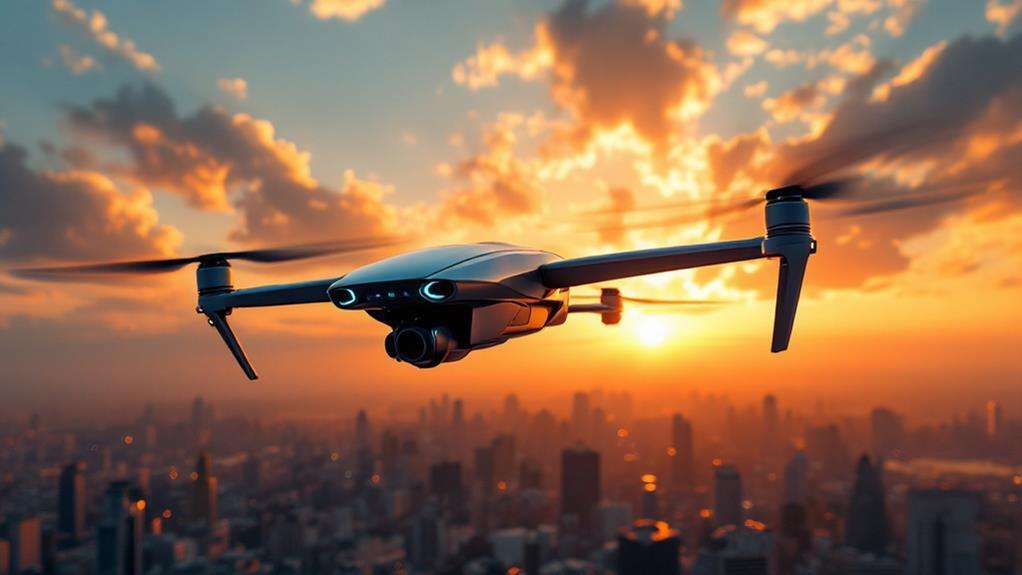
In recent decades, drone technology has seen remarkable advancements, drastically altering military and civilian landscapes. It all started in the 1970s with Abraham Karem's Albatross prototype, which laid the groundwork for the MQ-1 Predator in the 1990s. This modern drone marked a significant leap in military UAVs, offering new possibilities for reconnaissance and combat operations. The 1991 Gulf War was a pivotal moment, as UAVs proved their effectiveness, prompting increased military investment and deployment.
The early 2000s saw the introduction of the MQ-9 Reaper, which took UAV capabilities to new heights. Unlike its predecessors, the Reaper allowed armed reconnaissance missions with precision strike capabilities, further solidifying military drones as indispensable assets. These developments not only enhanced military operations but also influenced the rise of consumer drones.
Civilian Drone Advancements
The buzzing of civilian drones has become a familiar sound in our skies, a testament to the technology's rapid integration into everyday life. Since 2006, the civilian airspace has witnessed a dramatic transformation. This shift started with advancements in military technology, repurposed to fuel the civilian drone market. DJI, founded the same year, has been at the forefront, revolutionizing the consumer drone industry. Their Phantom series, launched in 2013, made aerial photography accessible to hobbyists and professionals alike.
| Year | Event |
|---|---|
| 2006 | Civilian drone market emergence |
| 2013 | DJI launches Phantom series |
| 2014 | DJI captures 80% consumer drone market |
| 2030 | UAV market projected to reach $92 billion |

